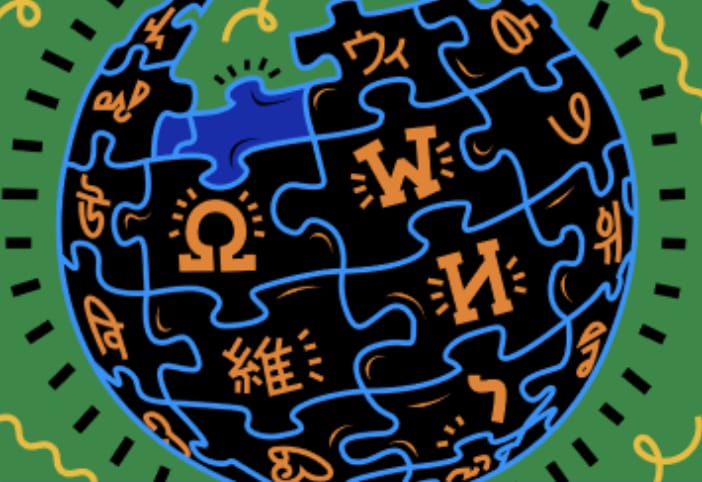The Wikimedistas de Jujuy group was recognized in the **MapEdu 2025 Contest **for their project LichenWikiEcology, which integrates ecology, citizen science, and open technologies to study lichens as bioindicators of climate change. The contest, organized by the Humanitarian OpenStreetMap Team (HOT) in Latin America and the Caribbean, aims to connect education with local territories through school and community-based open mapping projects.
The team, coordinated by Luis Fernando Flores from the Wikimedistas de Jujuy group, received the third prize in the Science and Technology category for the LichenWikiEcology project, an initiative that combines citizen science, ecolog…
The Wikimedistas de Jujuy group was recognized in the **MapEdu 2025 Contest **for their project LichenWikiEcology, which integrates ecology, citizen science, and open technologies to study lichens as bioindicators of climate change. The contest, organized by the Humanitarian OpenStreetMap Team (HOT) in Latin America and the Caribbean, aims to connect education with local territories through school and community-based open mapping projects.
The team, coordinated by Luis Fernando Flores from the Wikimedistas de Jujuy group, received the third prize in the Science and Technology category for the LichenWikiEcology project, an initiative that combines citizen science, ecology, and open cartography to document lichens as bioindicators of environmental change. The contest organizers highlighted the project’s potential to expand to other regions of Latin America, fostering collaboration among communities and the educational use of open data.
The project is based in northern Argentina and focuses on mapping lichens in protected areas, rural zones, and educational spaces using Wikimedia Commons, while improving related articles on Wikipedia. It is funded by the British Ecological Society through its Outreach and Engagement Grants 2025 and implemented in collaboration with rural schools, with the support of the Agency for Science, Technology, and Innovation of the Province of Jujuy. Through free workshops, students, teachers, and rural youth learn to identify lichens, conduct experiments, and record observations using georeferenced photographs, contributing open data that enhance the understanding of environmental change in their communities.
Because of their sensitivity to environmental changes and air quality, lichens are recognized as bioindicators. Each record added to Wikimedia Commons, including temporal and spatial distribution data, becomes a valuable contribution that can be used by researchers, educators, and environmental planners.
The heart of the project beats in rural classrooms. In its current phase, 49 students aged 11 to 12 are participating from two schools: School No. 28 “Presidente Avellaneda” in Dr. Manuel Belgrano, with 33 students, and School No. 356 “José Hernández” in Santa Clara, with 16 students. These young participants are being trained as citizen scientists, learning to identify lichens, take georeferenced photographs, and upload their observations to Wikimedia Commons under open licenses, creating a digital heritage accessible to all. The project’s outcomes can already be viewed at WikiMap, where the lichens of two protected areas in Jujuy are documented:
Map of the Barón Carlos María Schuel Botanical Park
Map of the Potrero de Yala Provincial Park
LichenWikiEcology highlights a new form of Wikimedia participation in **Argentina **that emerges from geographical and social peripheries, integrating environmental education and open technologies in rural contexts. In a country where most opportunities are often concentrated in Buenos Aires and other major cities, the Wikimedistas de Jujuy group is expanding Wikimedia’s presence to the north, decentralizing access to free knowledge and connecting public institutions, rural schools, and international scientific organizations. The group promotes collaborative spaces where technology intersects with public education and active youth participation.
The MapEdu 2025 recognition reflects a broader transformation, showing how the Wikimedia movement is growing from the peripheries and expanding its reach across Latin America.

Can you help us translate this article?
In order for this article to reach as many people as possible we would like your help. Can you translate this article to get the message out?